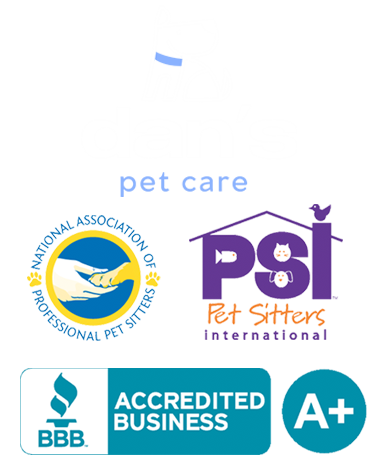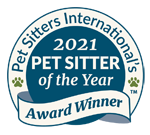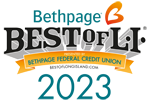Bringing home a new baby is an exciting and life-changing experience, but it can also be a challenging adjustment for your dog. As a beloved family member, your dog needs time, guidance, and support to adapt to the arrival of a newborn. Preparing your dog ahead of time can lead to a smoother transition and ensure a safe, loving environment for both baby and pet. In this comprehensive guide, we'll explore how to prepare your dog for the changes that come with welcoming a new baby into your home.
1. Understand Your Dog’s Current Behavior
Before you begin any training or lifestyle changes, take a close look at your dog’s current behavior. Understanding their temperament, triggers, and routines will help you identify areas that may need improvement before the baby arrives.
Key Areas to Evaluate:
Reactions to sudden noises and movements.
Resource guarding (toys, food, sleeping areas).
Attention-seeking behaviors.
Separation anxiety or fear of being alone.
Why It’s Important: This initial assessment will allow you to address any behavioral concerns early on, making your dog feel more secure and ready for upcoming changes.
2. Gradually Adjust Daily Routines
A new baby inevitably alters your household schedule. Help your dog adjust by gradually shifting their routine ahead of the baby's arrival.
What to Change:
Vary walk and feeding times slightly each day.
Practice shorter and more irregular play sessions.
Incorporate independent time in a separate room.
Introduce new caregivers (partner, dog walker) for regular tasks.
Tip: Incorporating a professional dog walker, like those from Dan’s Pet Care, can create consistency when your attention is focused on the newborn.
3. Reinforce Basic Obedience Commands
Your dog should reliably follow basic commands such as “sit,” “stay,” “leave it,” and “go to your bed.” These skills are essential for managing interactions and ensuring safety.
Training Suggestions:
Use positive reinforcement with treats and praise.
Train in different areas of the house, especially the nursery.
Gradually increase distractions during practice sessions.
Bonus: Enroll in a refresher obedience course or hire a trainer to fine-tune your dog’s manners. Dan’s Pet Care offers personalized training sessions right in your home.
4. Introduce Baby-Related Items and Sounds
Dogs are naturally curious, and unfamiliar objects or sounds may cause anxiety. Acclimate your pet by slowly introducing these elements into their environment.
Items to Introduce:
Baby furniture (crib, stroller, play mat).
Baby lotions, powders, and wipes.
Recorded sounds of crying, cooing, and baby talk.
Desensitization Tips:
Let your dog sniff and investigate new items at their own pace.
Reward calm behavior with treats.
Play baby sounds during quiet time to normalize the noise.
5. Set Boundaries Around the Nursery
It’s crucial to establish clear boundaries to protect the baby’s space. This doesn’t mean excluding your dog entirely, but creating respectful and safe zones.
Steps to Take:
Use baby gates or closed doors to manage access.
Teach your dog to wait at the threshold.
Provide a comfortable spot nearby so your dog doesn’t feel isolated.
Pro Tip: Introduce the boundary rules well in advance to reduce stress and confusion later.
6. Reduce Attention-Seeking Behaviors
When a baby arrives, your time and energy are divided. Dogs that are used to being the center of attention may develop anxiety or behavioral issues.
How to Help:
Reward calm, independent behavior.
Ignore excessive barking or nudging.
Avoid reinforcing clinginess by petting when your dog demands it.
Use enrichment toys and treat puzzles to keep them busy.
Tools to Use: Interactive feeders, long-lasting chew toys, and puzzle games can be lifesavers.
7. Practice Safe Handling and Baby Simulation
Your dog will need to get used to seeing you carry, feed, and care for a baby. Simulate these activities to prepare them mentally.
Simulation Exercises:
Carry a baby doll while giving commands.
Sit with the doll in your arms and ignore your dog.
Practice bottle-feeding while your dog is nearby.
Walk around with the stroller inside and outside the house.
Why It Works: This helps desensitize your dog to future scenarios and prevents surprises when the baby arrives.
8. Address Jealousy and Possessiveness
Dogs can experience jealousy just like humans. Managing possessive behavior early is essential to prevent aggressive or anxious responses.
Warning Signs:
Growling near baby items.
Guarding certain people or spaces.
Pushing between you and the baby doll.
What to Do:
Reinforce sharing by rewarding your dog for giving space.
Practice obedience near baby-related scenarios.
Consult a behaviorist for any concerning behaviors.
9. Socialize With Children and Babies (When Possible)
Expose your dog to babies and young children in a controlled, positive environment. Use these encounters to gauge reactions and provide positive reinforcement.
Safe Socialization Tips:
Keep interactions short and supervised.
Reward your dog for calm behavior.
Never force interaction; allow your dog to observe from a distance.
Helpful Trick: Ask friends or family with infants to visit so your dog can practice being calm around a baby.
10. Introduce the Baby’s Scent in Advance
Before bringing your baby home, allow your dog to smell something that carries the baby’s scent.
How to Do It:
Send home a blanket or onesie your baby has used.
Let your dog sniff it while you offer treats and praise.
Monitor their reaction and correct overly excited behavior.
Why It Helps: This association creates a sense of familiarity and can ease the initial meeting.
11. The First Meeting: Baby and Dog
The first introduction should be slow, calm, and carefully managed. This sets the tone for their ongoing relationship.
Steps for a Successful Introduction:
Ensure your dog is well-exercised beforehand.
Keep your dog on a leash during the first meeting.
Have one adult focus on the baby, another on the dog.
Allow brief sniffing while rewarding calm behavior.
End the meeting on a positive note.
What to Avoid: Do not scold your dog for curiosity. Redirect with treats and encourage gentle behavior.
12. Post-Baby Arrival Routine
Once your baby is home, your dog will need time to adapt to the new dynamics.
Key Actions:
Maintain consistency in feeding, walking, and playtime.
Provide daily one-on-one time with your dog.
Use routine cues (like specific music) to signal calm time.
Helpful Resource: Dan’s Pet Care offers support with regular walks, feeding, and companionship to help reduce stress during this transitional phase.
13. Know When to Get Professional Help
Even with the best preparation, some dogs may struggle. Don’t hesitate to seek help from a professional trainer or behaviorist.
Warning Signs That Require Attention:
Aggression or growling near the baby.
Excessive stress signals like panting or pacing.
Destructive behavior or house soiling.
What to Expect: A professional can create a customized behavior modification plan. Services from Dan’s Pet Care include access to certified trainers who specialize in family transitions.
Final Thoughts and Encouragement
Preparing your dog for a new baby takes time, patience, and proactive effort. With thoughtful planning and consistent training, your dog can adapt well and even become your child’s first and most loyal friend. The goal is to build a harmonious household where everyone, furry or not, feels secure and valued.
If you're feeling overwhelmed or want extra support, reach out to Dan’s Pet Care. From obedience training to daily walks and in-home care, their services are designed to give your dog the structure and attention they need during this exciting new chapter.





